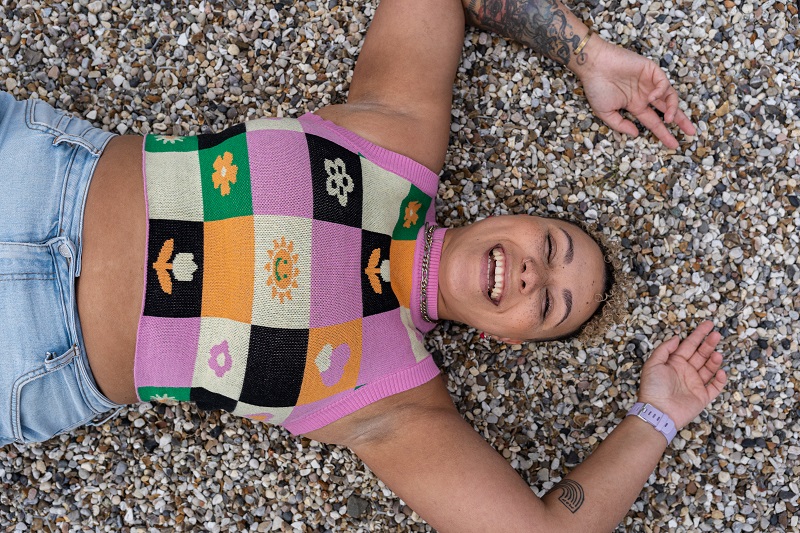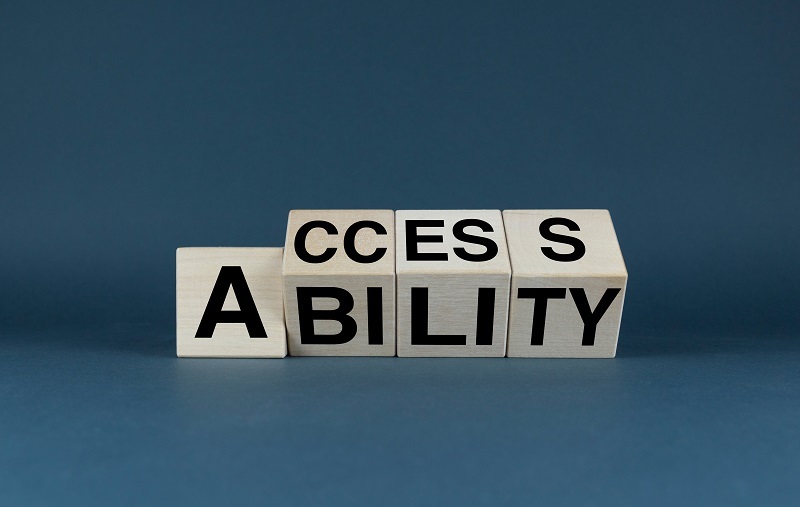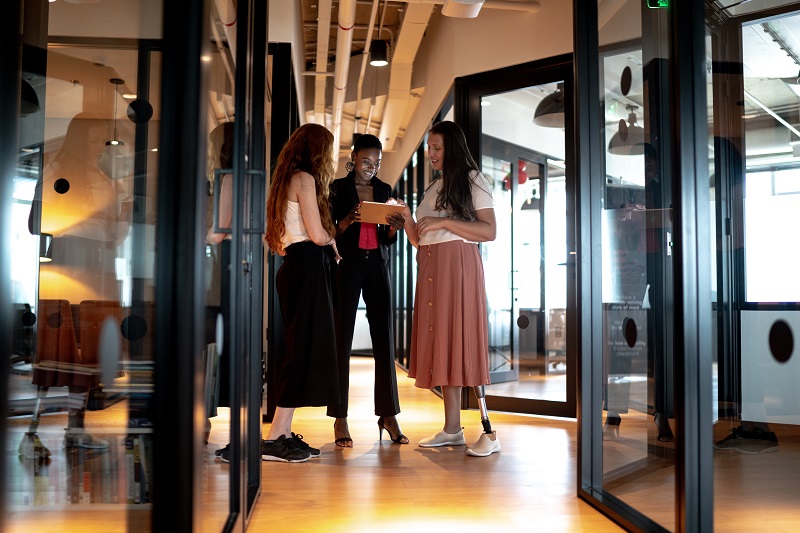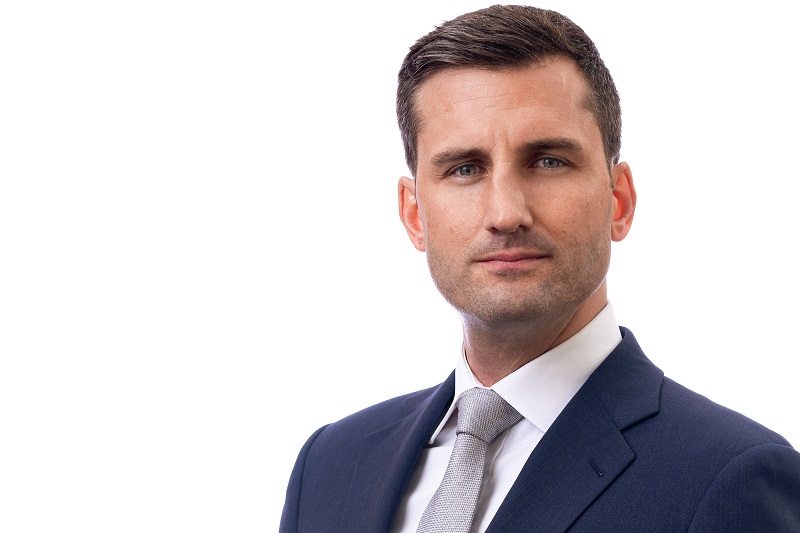The Americans with Disabilities Act (ADA) – the legislation that prohibits discrimination against disabled people in areas including employment is now thirty years old – and with studies proving the business benefits of disability inclusion, why are firms still failing to prioritise it in their D&I initiatives?
Tiffany Yu, CEO of the disability community and talent incubator Diversability, has lived under the ADA law for most of her life, yet the employment gap remains for her community.
While disabled people haven’t benefited from the consciousness-raising that movements like Black Lives Matter and Me Too have achieved for Black people and women, which has galvanised some firms to create better inclusion policies, organisations can do more by hiring disabled candidates, but Yu says they must practise genuine intention:
“If you put the job description out there, think about where you are putting it,” she says. “Are you just posting it on indeed, or you going directly to disability organisations and asking them to help market those listings?”
So when clients approach Yu for help with disability inclusion, what’s the first thing she tells them to do? “My answer is always the same, I say you need to hire more disabled people and I know that there’s so much more embedded in that like the language of the posting, and where are you posting it and who your partners are.”
Changing perceptions – the business benefits of disability inclusion
Aside from lacklustre recruitment, she believes that ideas around capability are a major obstacle to disability inclusion: “I’ve seen many large tech companies be pioneers for highlighting their disabled talent, and you’ll see in the comments things like, ‘you know, this question is coming from a good place, but I don’t really understand how a blind person can code’? My response is actually a blind person codes with their hands like anyone else.”
For firms that want to change, Yu says self-reflection is key: “I often start conversations with clients by saying that ending discrimination starts with self-reflection. What I mean by that is that we need to have a little bit of vulnerability and think about what are some of the beliefs that we hold so deeply, including the misinformation we may have been fed about what disabled people can and can’t do.”
She adds that the shift to remote working during COVID-19 has given disabled staff the working environment many had been asking for, which has showcased their ability to fully participate as employees.
“Some have been advocating for remote work and flexible hours for decades, but because of a pandemic, we were forced to make that possible for everyone. So, this has made remote work accessible for many disabled people where the standard office environment may not have been the best place for them to thrive.
“If we ascribe to a social model of disability, it’s this idea of what type of accommodations and access we can create in our external environments that set disabled people up to succeed,” she says.
Another problem, according to Yu, is the “charity and tragedy model,” that disabled people are often labelled with, where “expectations are set so low” from employers: “There’s this phrase that I’ve said a lot, we see a person’s disabilities and we judge their capabilities. We also judge their abilities.”
But Yu says lack of confidence in disabled peoples’ capabilities can occur within the community too.
She refers to long-standing research that shows that women are less likely to apply for roles unless they meet all of the qualifications, where she’s seen the same caution applied within the disabled community: “On LinkedIn, I tagged my friend who’s an accessibility consultant on a job post who has cerebral palsy. He commented and said he didn’t meet the qualifications, so felt that he couldn’t apply.”
Identifying disabilities
One of Yu’s big aims with Diversability is to make disabled employees visible. While some might see disability as highly visual where it’s popularly defined by a wheelchair, whiteness, and maleness, disability can also be far less obvious: “I call it non-disabled passing privilege,” she says.
Yu, who has a paralysed arm from a car crash during childhood that tragically took the life of her father and doesn’t use “any assistive devices”, understands the feeling of being less-easily read as disabled: “So there are 70% of us who have non-visible disabilities, and it is so exhausting. People think it’s the wheelchair, the crutches, the walking sticks, the hearing aid. I think ending discrimination comes back to self-reflection; one of the questions for self-reflection is ‘what do we think disability looks like’? We’re so narrow-focused.”
Yu distinguishes between unseen disabilities and those who purposely hide their disabilities at work. She refers to a 2020 report from Accenture that found 77% of disabled employees and 80% of disabled leaders weren’t transparent about their disabilities. This, she attributes, to a lack of “psychological safety” within workplaces where many feel they can’t show up, be authentic, and have their needs met.
She breaks down two concepts she believes are damaging to psychological safety in the workplace; passing and covering: “So passing is the idea that you can hide what makes you different and covering is downplaying the significance that a certain aspect of your identity has on your life,” she says.
“So an example of covering for me would be if I go to a fancy networking dinner and they bring out steak, but I can’t cut the steak. I’ll just say, I’m not hungry when in reality I don’t know how to navigate cutting the steak. The problem with this is that we’re not creating spaces where people can fully be themselves.”
Intersectional disability representation
One of Yu’s public affirmations is to increase intersectional disability representation: “So there are disability rights, and if you want to take an intersectional lens, it’s called disability justice. I’m at the intersection of being an Asian woman and being disabled. Hence, intersectionality comes into play based on the way I was raised culturally, where I was taught never to talk about my disability and to try to hide it.”
She adds that being Asian, female, and disabled puts her at a “strange intersection of being totally desexualised and dehumanised as a disabled person and being overly sexualized as a woman: “So it’s kind of confusing, right?”
But intersectionality, she says, is useful beyond academia and when describing a lived experience; adding that it should come into play when organisations employ D&I strategies:
“What we’ve found is that a lot of companies don’t realise that disability inclusion is part of the conversation, and they’re realising they’re not intersectional in their work. It’s almost like they’re trying to be like, intersectional feminists or intersectional anti-racists, and then they realise that disabilities are missing.
“There are two ways most people are viewing disability. I view it from a people and cultural lens, which is, ‘what’s the makeup of your organisation? Is it incorporating this perspective’? And then there’s the accessibility side of things, which is what you’re actually building. Namely, ‘what are the tech components of it making it accessible for the people who have the disability lived experience’?
“Accessibility is really is about the people and the experience,” she says. “Whether or not you’re talking about web WCAG guidelines like web accessibility, it comes back to the person’s experience and interaction with your products.”
Changing hearts and minds and the business benefits of disability
According to Yu, part of the reason that D&I has underserved disability is that people are uncomfortable about the topic: “We’re harbouring so much unspoken silence, and when we don’t speak things into existence, we can’t make any progress,” she says.
“It’s about proximity; we tend to care deeply about things when we have an intimate relationship with them. If you don’t have an intimate experience through family or a friend or even yourself, then it’s hard to see.”
Despite the 30-year-old ADA legislation and a 2018 Accenture report that proved the business benefits of disability D&I, why has representation not really improved?
“The report proved that companies that scored highly on their disability inclusion initiatives made more revenue. So we have the business case, but we just haven’t been able to make that data go viral,” says Yu.
“We’ve had a policy for three decades protecting our rights. So technically, you can’t discriminate based on disability, so why are we 30 years later, still having 60 to 70% unemployment in our community?”
So where is the resistance coming from? “I will just share with you a quote that I heard from another DEI consultant that I really respect and she said ‘I’m not here to change policy, I’m here to change hearts and minds’. There is still so much bias that is happening at the heart and mind level, that if we really are going to change this, I need to see that 70% trickle down to 50% then down again to be in line with our non-disabled peers,” she adds.
But whose hearts and minds need changing? Surely not the Gen Z workforce that statistics tell us want to work for values-led and pro-diversity and inclusion organisations? Instead, Yu infers it could be the old guard, namely the heads of institutions from older generations who might be finding it hard to remove the charity/tragedy model from disabled people and see them as a legitimate talent pool that might just need some extra accommodations.
“All of this comes down to adaptation, and we as disabled people are the masters at adapting because we’ve learned how to live in a non-disabled world. So, again, this ties back to if the companies who are reading this or who are part of this conference want to be as innovative and agile and adaptive to how quickly our times are changing, they should ask the people who are the experts in it, which are disabled people.”
To listen to Tiffany speak further on the importance of prioritising disability representation, and the business benefits of disability generally, join her and many others at the Women in IT Virtual Summit, USA, on April 28th. Register for free here.









